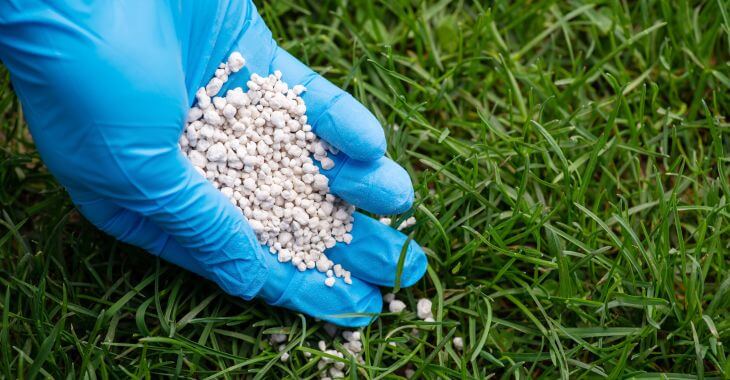What is a Soil Test
A soil test is when elements like copper, zinc, magnesium and calcium are removed from the soil by chemical treatment before being measured for any content within the sample that allows or encourages plant growth. Soil tests are used to measure soil pH levels, and can be taken either by an experienced landscaping professional or yourself in order to determine the general health of your yard.
Soil samples need to be taken before you undertake any projects for your yard like starting a garden, fertilization, planting grass or laying down sod, or planting flowers in your yard or a specially prepared flower bed. You should get a sample taken of every area in your yard, as well as testing trees, any growing or flowering shrubs. A test sample can be taken at any time of the year, but the best time lasts from the start of August through middle- or late-September. Make sure that you don’t gather any samples in areas that you’ve recently fertilized – these areas shouldn’t be tested for 6 to 8 weeks until after being limed or fertilized.
The best tools for sample are a soil probe, a trowel, shovel or hand spade. If you decide to do the sampling on your own, don’t use any tools that are made of brass or galvanized steel, because that will contaminate your sample with zinc or copper particles from the tools you use. Mix up the samples you take in a clean container that hasn’t been used to hold chemicals of any kind.
Take anywhere from six to ten single samples and combine them in your container to make a larger, single sample for testing. Make sure to have any unhealthy or poor quality samples tested separately, so as not to contaminate your test results.
